[joli-toc]
Fire resistance in building materials is a critical factor in ensuring the safety and integrity of structures, especially in environments susceptible to fire hazards. Timber panels, widely used for their aesthetic appeal and structural properties, require special consideration regarding fire safety. Ensuring that timber panels are fire-resistant not only protects the structure and occupants in the event of a fire but also complies with safety regulations, minimizing potential property damage and loss.
Overview of Fire Safety Standards in Australian Construction
In Australian construction, strict fire safety standards govern the use of building materials, including timber panels. These standards are designed to reduce the risk of fire incidents and ensure that materials used in construction can withstand certain fire conditions. Compliance with these standards is crucial for the legality and safety of any construction project.
Australian Standards for Fire Safety in Timber Panels
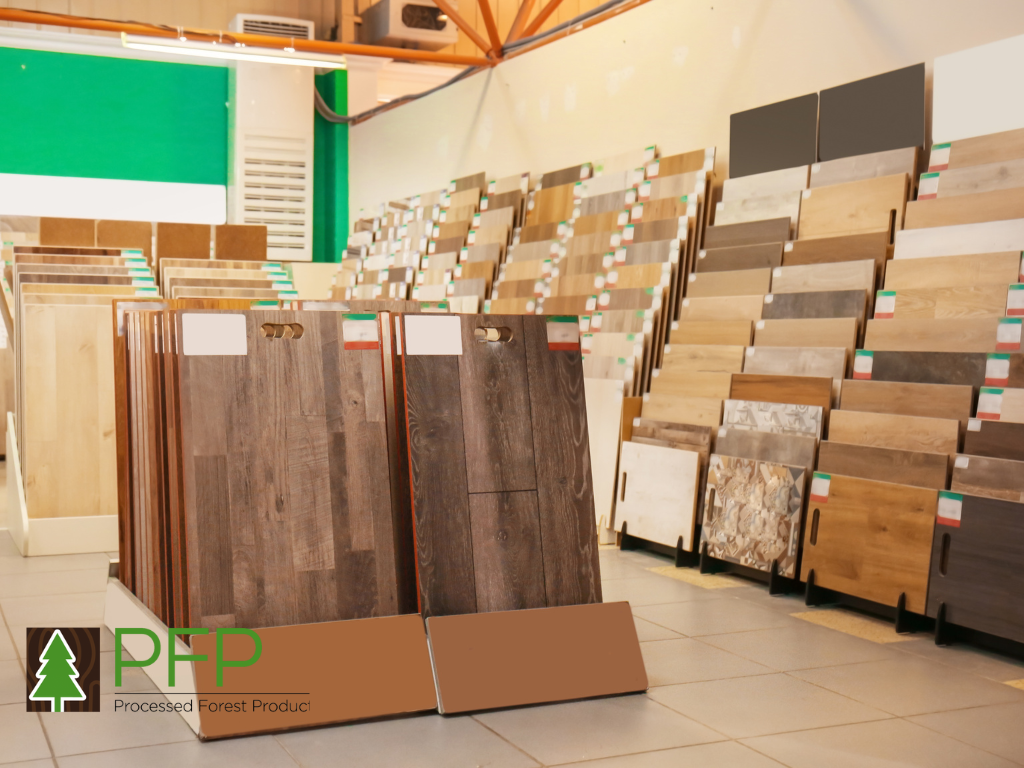
Overview of Relevant Australian Standards
One of the key Australian Standards relevant to fire safety in timber panels is AS 3959, which outlines the requirements for construction of buildings in bushfire-prone areas. This standard classifies areas based on bushfire attack levels (BAL) and prescribes specific construction methods and materials, including the use of fire-resistant timber panels, to mitigate the risk of fire damage.
Requirements for Timber Panels in Various Building Categories
The requirements for timber panels vary depending on the building category and the fire risk associated with the location. In high-risk areas, such as those prone to bushfires, more stringent fire-resistant properties are required for timber panels. In urban settings, while the risk may be lower, adherence to general fire safety standards is still mandatory.
Compliance and Certification Processes
To ensure compliance, timber panels must undergo rigorous testing and certification processes. These tests assess the panels’ ability to resist ignition, limit the spread of fire, and maintain structural integrity under high temperatures. Certification from accredited bodies is necessary to verify that the timber panels meet the prescribed fire safety standards.
Understanding Fire-Resistant Timber Panels
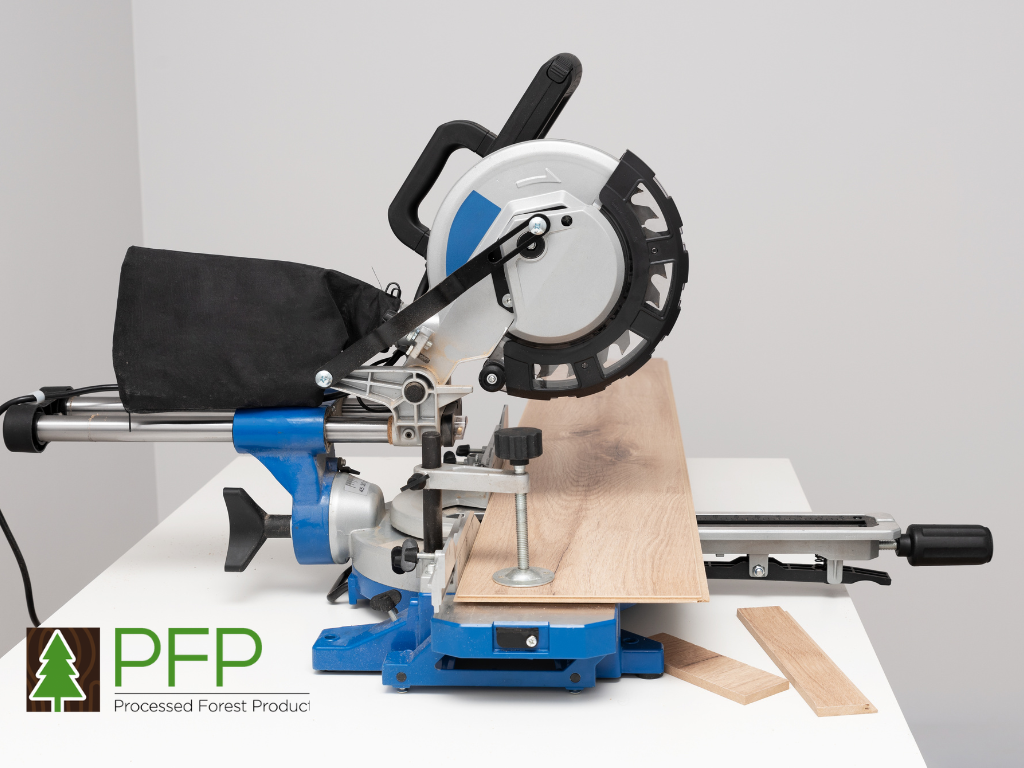
Composition and Properties of Fire-Resistant Timber Panels
Fire-resistant timber panels are typically treated with fire-retardant chemicals or are manufactured using materials that inherently possess fire-resistant properties. The composition of these panels is designed to reduce flammability, slow down the spread of fire, and emit less smoke and toxic fumes.
How Timber Panels are Made Fire-Resistant
The process of making timber panels fire-resistant involves either pressure-treating the wood with fire-retardant chemicals or applying fire-resistant coatings. Another method is using engineered wood products that combine timber with fire-resistant materials during the manufacturing process.
Comparing Fire Resistance of Different Timber Panel Types
The fire resistance of timber panels can vary based on the type of wood, the treatments applied, and the manufacturing process. For example, hardwoods generally offer better natural fire resistance than softwoods, and panels treated with advanced fire-retardant chemicals can provide superior protection compared to those with basic treatments.
Design Strategies for Enhanced Fire Safety
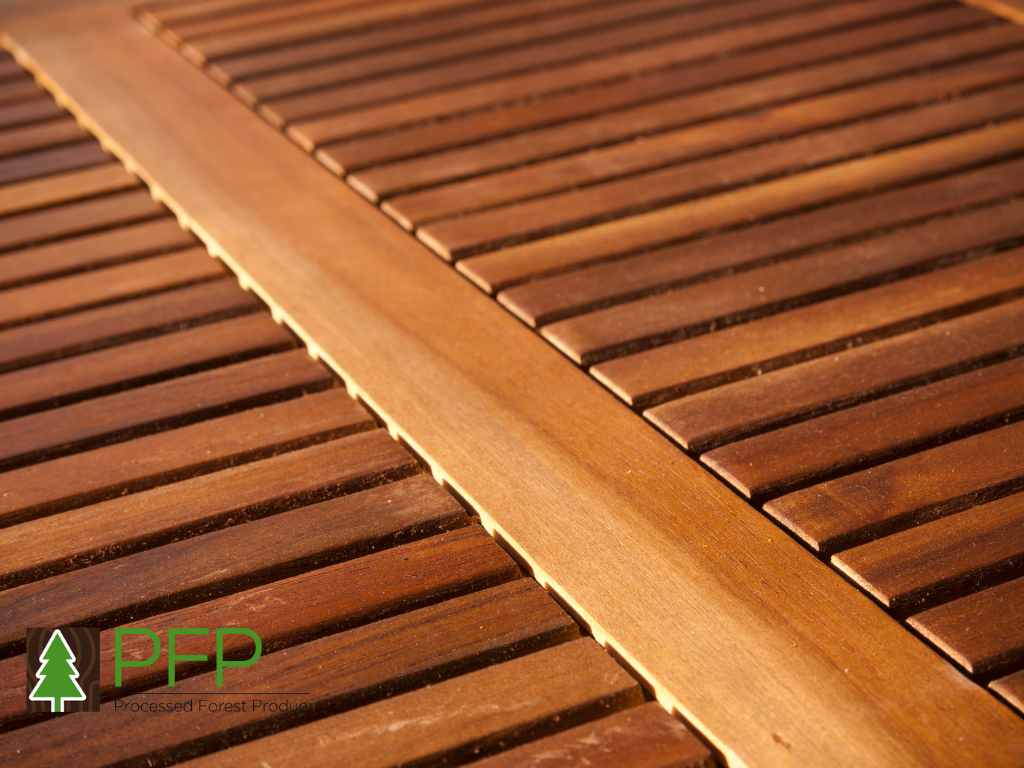
Design Considerations to Enhance Fire Resistance
Designing for fire safety involves more than just choosing the right materials; it’s about integrating fire-resistant features into the overall architectural plan. This includes creating barriers to fire spread, such as using fire-rated timber panels in key areas, and considering the layout to allow for effective fire containment. Strategic placement of fire-resistant panels can significantly enhance the overall safety of a building.
Incorporating Fire-Resistant Timber Panels in High-Risk Areas
In areas prone to high fire risk, such as bushfire zones or industrial settings, incorporating fire-resistant timber panels is crucial. These panels should be used in external facades, internal partitions, and ceilings to create a protective barrier. Their use is particularly important in escape routes and areas where fire spread needs to be controlled.
Architectural Solutions for Optimizing Fire Safety
Architects can employ various solutions to optimize fire safety in buildings using timber panels. This includes compartmentalization of spaces to prevent the spread of fire, integrating fire stops and seals in timber panel joints, and ensuring there are adequate escape routes and access for firefighting.
Innovations in Fire-Resistant Timber Panel Technology
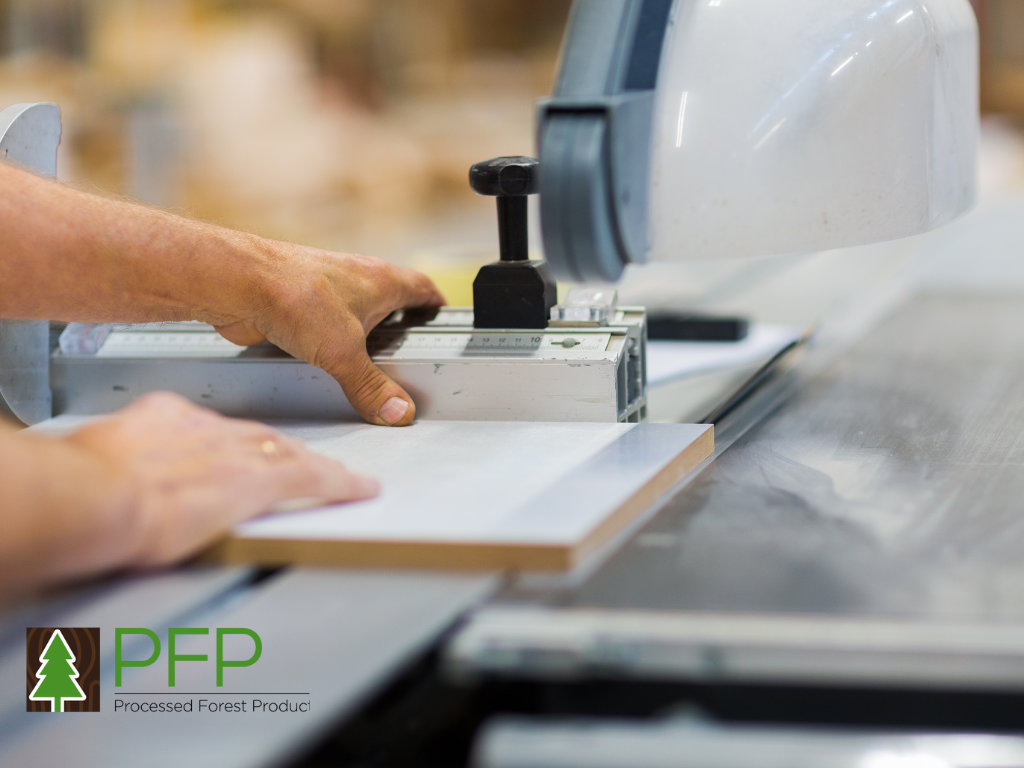
Recent Advances in Timber Panel Fire Resistance
Recent advancements in fire-resistant timber technology include the development of new fire-retardant treatments and coatings that enhance the fire resistance of timber panels without compromising their structural integrity or aesthetics. These innovations provide longer reaction times in the event of a fire, allowing for safer evacuation and firefighting efforts.
Emerging Technologies and Materials in Fire-Resistant Timber Panels
Emerging technologies in this field involve the use of nanomaterials and advanced composite layers within timber panels to improve fire resistance. Researchers are also exploring environmentally friendly fire-retardant additives that can be infused into the timber during the manufacturing process.
Future Outlook for Fire Safety in Timber Construction
The future of fire safety in timber construction looks promising, with ongoing research and development focused on creating timber panels that are not only fire-resistant but also sustainable and environmentally friendly. These developments are expected to further expand the use of timber panels in a variety of construction applications.
Incorporating Fire-Resistant Timber Panels in Construction
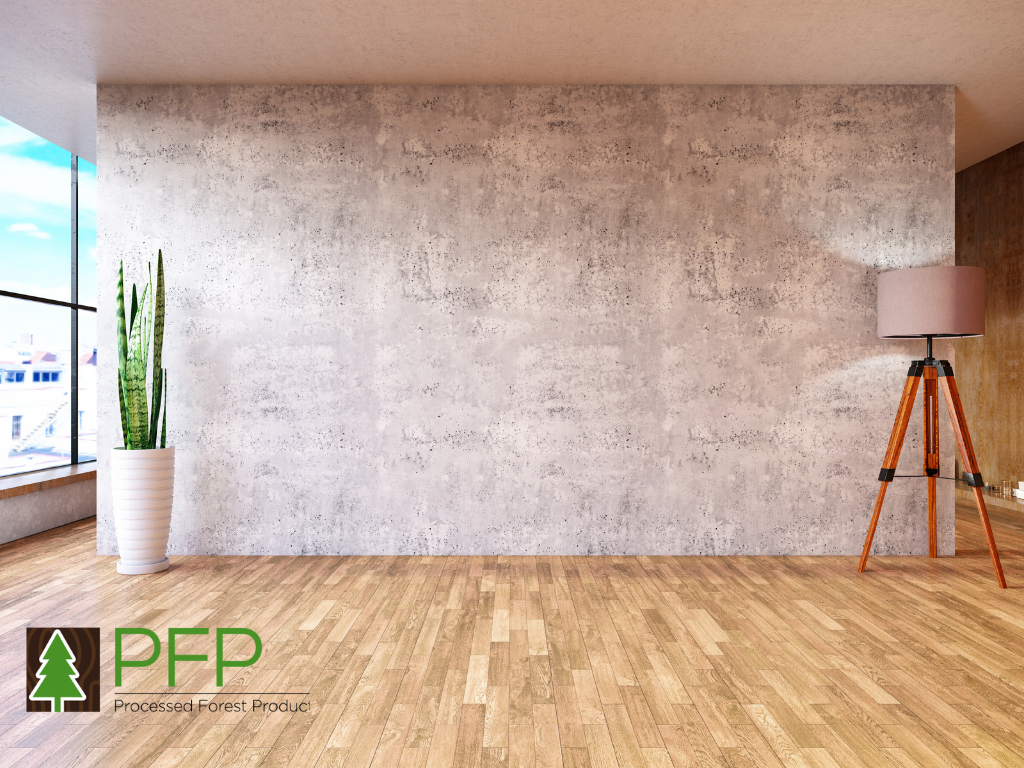
Best Practices for Using Timber Panels in Fire-Prone Areas
When using timber panels in fire-prone areas, it’s essential to follow best practices. This includes selecting panels with the highest fire-resistance ratings, ensuring proper installation to maintain their fire-resistance properties, and combining them with other fire-resistant building materials.
Selection Criteria for Fire-Resistant Timber Panels in Different Projects
The selection of fire-resistant timber panels should be based on fire-resistance ratings, suitability for the specific climate and environmental conditions, and compatibility with the overall design of the building. Consideration should also be given to the panel’s ability to withstand other factors, such as moisture and thermal changes.
Balancing Aesthetics and Safety in Fire-Sensitive Environments
While safety is paramount, aesthetics need not be compromised. Modern fire-resistant timber panels come in various finishes and styles, allowing designers and architects to meet safety requirements without sacrificing the visual appeal. The key is to strike a balance between functional safety features and the overall architectural vision.
Maintenance and Inspection for Long-Term Safety
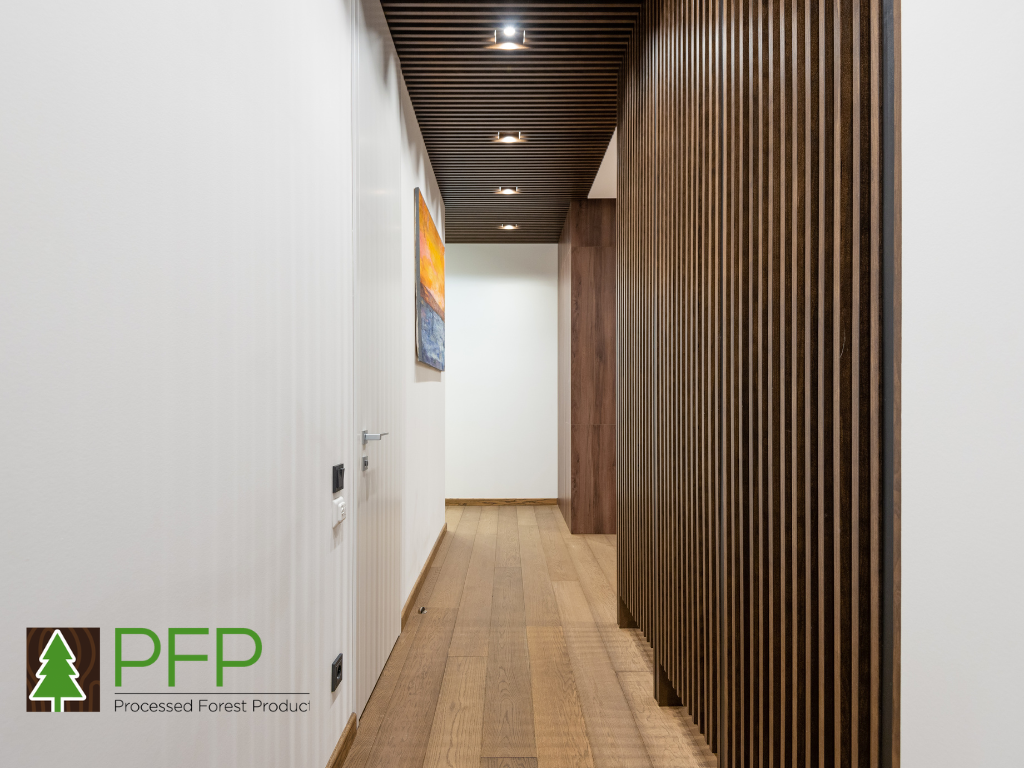
Routine Maintenance Practices for Prolonging Fire Resistance
To ensure the continued effectiveness of fire-resistant timber panels, routine maintenance is key. This includes regular cleaning to remove dirt and debris that could compromise the fire-resistant properties. Special attention should be given to any fire-retardant coatings, ensuring they remain intact and effective. Additionally, avoid modifications or drilling into the panels without consulting experts, as this could impact their fire resistance.
Regular Inspection and Assessment of Fire Resistance Integrity
Regular inspections are crucial to assess the integrity of fire-resistant timber panels. These inspections should look for signs of wear, damage, or deterioration that might affect fire resistance. Any issues detected during these inspections should be addressed promptly to maintain the panels’ protective capabilities.
Repair and Replacement Strategies for Damaged Panels
In cases where timber panels are damaged or their fire-resistance properties are compromised, immediate action is required. This may involve repairing the panels if the damage is minor or replacing them entirely if the integrity of the fire resistance is significantly affected. Always consult with fire safety experts or the panel manufacturer for the best course of action.
Regulatory Compliance and Industry Standards
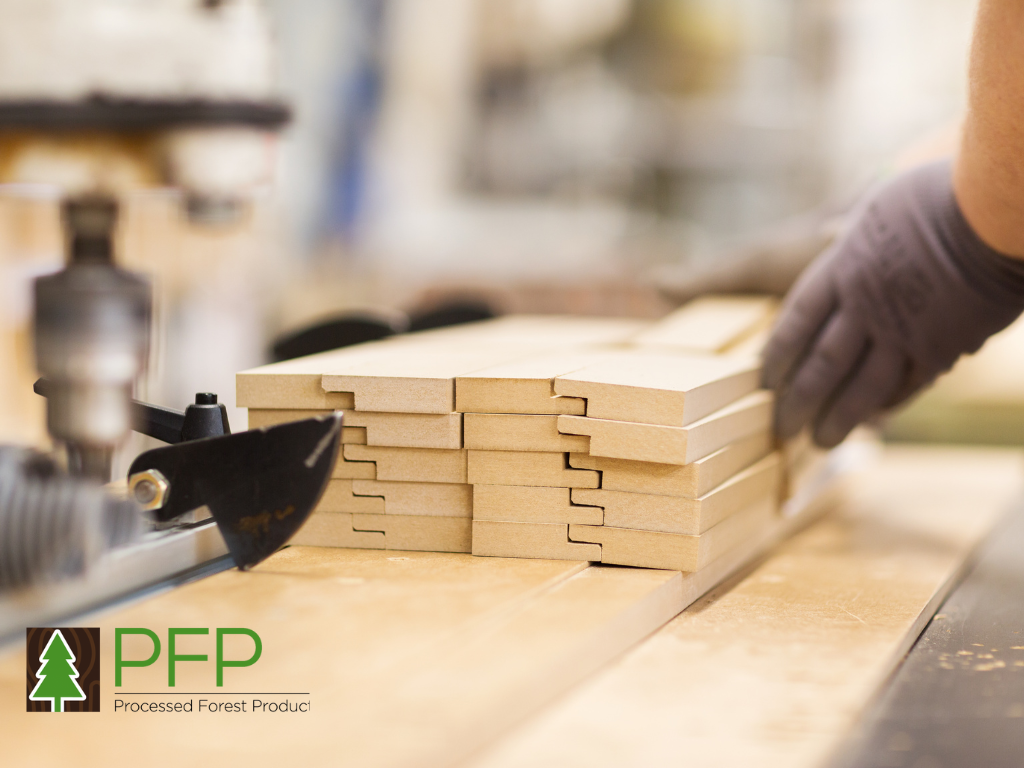
Navigating Fire Safety Regulations and Industry Compliance
Complying with fire safety regulations and industry standards is not just a legal requirement but also a crucial aspect of ensuring safety in construction. Staying informed about current regulations, especially those specific to fire-resistant materials, is vital. This includes understanding the standards set by bodies like the Australian Building Codes Board (ABCB) and ensuring that all materials and construction practices meet these standards.
Understanding the Impact of Regulations on Timber Panel Selection
Regulations can significantly impact the selection of timber panels for construction projects. Factors such as the building’s location, purpose, and design all influence the regulatory requirements for fire safety. It’s important to select timber panels that not only meet these requirements but also align with the overall objectives of the project.
Conclusion
The current state of fire-resistant timber technology reflects a balance between safety and aesthetics, with ongoing advancements enhancing the efficacy of timber panels in fire prevention. Innovations in fire-retardant treatments and sustainable manufacturing practices continue to push the boundaries of what’s possible in fire-safe timber construction.

